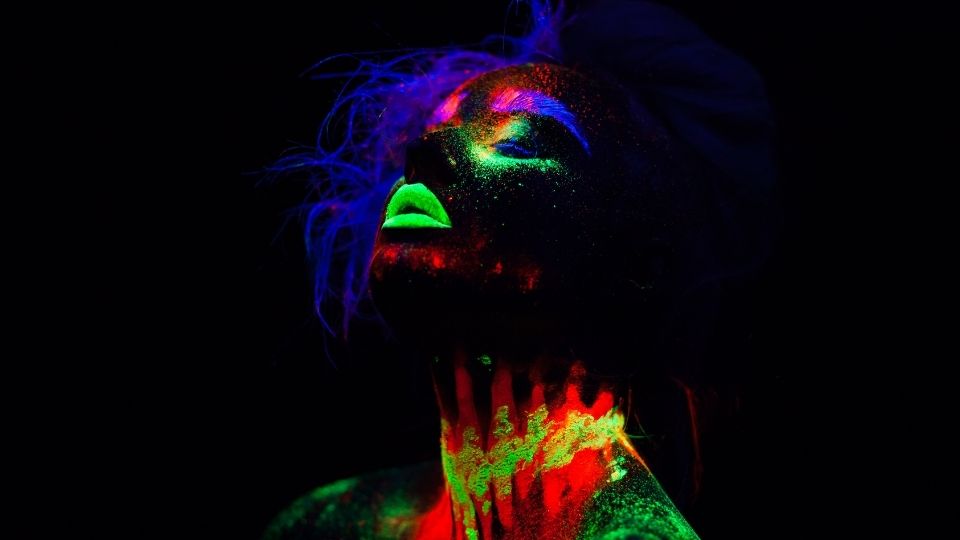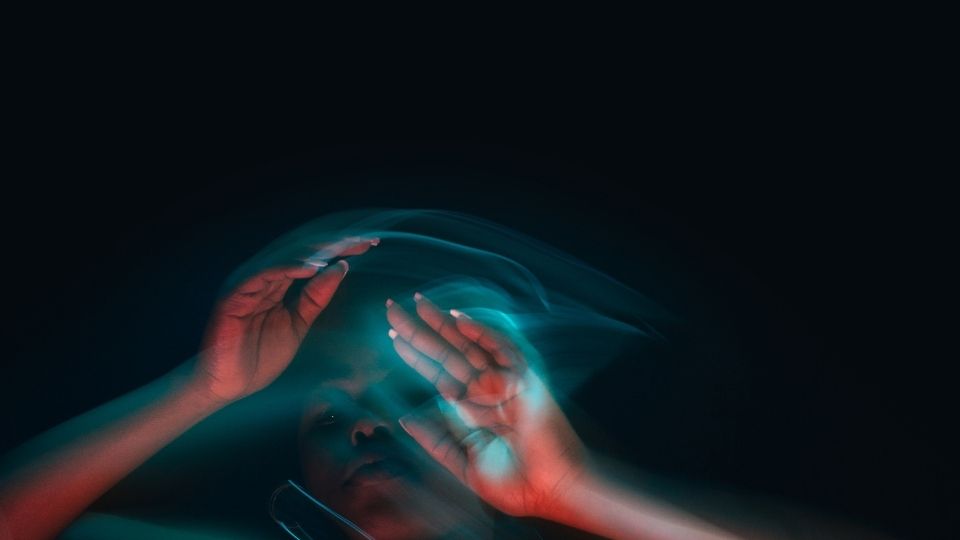Have you ever wondered what a mushroom trip feels like? What does a mushroom trip feel like?
Some people don’t have to wonder any longer about the effects of mushrooms – they found out without breaking any laws regarding special mushroom spores legality and experienced mushrooms legally. These are the people who have participated in the many ongoing clinical trials surrounding mushroom effects and their therapeutic efficacy.
➢ What is Ego Death when psychologically going through a special transcendence with the effects of cubensis mushrooms?
Mushroom Effects on the Body As An Effective Therapeutic Substance
Just what are mushrooms proving to be an effective therapeutic substance for? What are the mushroom effects on the body, or mushroom effects on the brain? It’s also good to know how to avoid bad mushroom trips by gaining some education, understanding, knowledge, and perspective on potential mushroom effects, after effects, and side effects positive or negative..
Mushrooms As An Effective Therapy for Anxiety, Depression, PTSD, Addictions, Obesity
Well, it might actually be faster to list the things it doesn’t help with, seeing as studies conducted over the past decade—many of them packed into the past few years as what we’ve dubbed the special revolution 2.0 continues to ramp up in popularity and social acceptance—have shown that mushrooms can be an effective treatment for anxiety, depression, PTSD, addiction, obesity, and a variety of other ailments.
We’ve heard a lot about the effects of mushrooms after the “trip” takes place. The sense of calm, belonging, oneness, increased empathy, and so on. But what about during the trip itself? The question is, then, what exactly is that experience like?
While it’s probably impossible to put the exact feelings and sensations of a mushroom trip into writing, we have collected several profound quotes from patients of mushroom assisted therapy clinical trials. In today’s post, we’ll explore what they had to say along with a handful of additional information to provide context.
- What is a mushroom trip?: Why can this experience be effective for therapeutic purposes?
- Safe Tripping Psychedelic Experiences: How do researchers prepare clinical trial patients for the special experience: safe tripping explained.
- What does a mushroom trip feel like?: According to mushroom assisted therapy patients, this is what a mushroom trip feels like
- How long does a mushroom trip last?: Mushroom trips last between 3 and 5 hours.
- What is microdosing versus macrodosing mushrooms?: Macrodosing vs. Microdosing mushrooms – different experiences and different end goals
- Mushroom Spores for Microscopy: Mushroom spores are legal for research purposes and for microscopy in most of the United States.

What IS a Mushroom Trip, Really? Why Mushroom Assisted Therapy is Effective
If we could only use one word to explain why mushroom assisted therapy is effective, based on what we currently understand from the published literature at this time, it would be this: “neuroregenerative.”
The term neuroregenerative in this context refers to mushroom’s ability to form new pathways in the neuronal structure of the brain. It’s perhaps best explained like this: imagine that you have a “bad habit”.
Neurologically speaking, a bad habit can be thought of as a well-worn track in the brain. Neuronal pathways are built with repetition (which explains why someone can get better at, say, playing a musical instrument or driving a car through practice). Mushrooms have been shown to cause the brain to form new neuronal pathways, which leads to out-of-the-box thinking—and the dissolution of what we consider bad habits.
Neural Pathways During Therapy
These new neural pathways being formed during the mushroom trip explain the strange feelings, sensations, and hallucinations that occur. While this isn’t the end-all-be-all of what causes the effects of mushrooms to be felt, it is an adequate explanation of why mushroom assisted therapy can be effective for some patients.
How Mushroom Researchers & Medical Professionals Prepare Patients for Safe Tripping in Clinical Trials

If you’ve done any research at all into special experiences and how to maximize the chances for a pleasant experience, you’ve no doubt heard the phrase “set and setting”.
How To Avoid A Bad Mushroom Trip Experience
This is a topic we discussed at length in our post about how to avoid a bad mushroom trip, but here’s a quick recap: the “set” portion of the phrase refers to one’s mindset. In other words, you’re more likely to have a better experience using mushrooms or other hallucinogens if you’re in a good place emotionally and mentally; that’s why researchers and medical experts who conduct mushroom clinical trials make sure that their patients are “ready” for the trip. Psychological evaluations are an important first step to qualifying the patient.
The “setting” bit refers to the environment the patient is in during the mushroom trip. Contrary to popular belief—and frequent recreational misuse—mushrooms are likely best experienced far outside the realm of the bustling party scene.
A quiet, dim, safe environment with the presence of a trusted “sitter”, or one who is there to oversee and care for the person experiencing the mushroom trip, is much more conducive to having a positive experience.
Mushroom Music for Psychedelic Therapy With A Playlist
That’s why researchers always make sure to set up a comfortable area for their patients undergoing mushroom assisted therapy. Occasionally mushroom music for special therapy is used (Johns Hopkins uses a soothing playlist, for example), but it’s never the focal point of the experience. Terence McKenna, the famous ethnobotanist and psychonaut, generally advocated for people to experiment with mushrooms in a quiet, dark room, either by themselves if experienced or with the aid of a trusted sitter.
What a Mushroom Trip Feels Like According to Mushroom Assisted Therapy Patients

The effects of a mushroom trip are often misunderstood. While psilocybe is considered a hallucinogen, users rarely see things that aren’t actually there (e.g., a unicorn). Rather, psilocybe causes visual distortions—depictions of “breathing” walls or moving (yet stationary) floor tiles are commonplace. Geometric patterning can be seen, even with the user’s eyes closed, and the chances of this are heightened if the patient is “tripping” in a dim or dark environment.
Feelings and emotions can be heightened, and a sense of interconnectedness with others and the world or universe at large are often reported. Sometimes, other presences (as described by one of the patients below) can be sensed, and sometimes these presences will appear to communicate with the user in some fashion; not always verbally, but sometimes through feelings.
One of the patient groups researchers are interested in are those with cancer. Since, obviously, this can cause a person a great deal of anxiety (particularly if they’re in the terminal stages), mushrooms have often been used as an effective method of reducing anxiety and so-called “death anxiety”, or in other words, the grave fear of one’s own mortality.
The following two quotes are from a clinical trial at Clinicaltrials.gov on “Mushroom Cancer Anxiety Study” concerning the effects of mushrooms on cancer patients and how it could impact their sense of anxiety.
I would experience a different emotion in each part of the experience, and when that emotion became overwhelming… this spiritual guide came in through the music. Whenever the effect would become overwhelming… the spirit guide would blast me out of that experience into a new setting. I didn’t have a body… I was just like this soul, this entity.
Mushroom assisted therapy patient Victor, quoted after NYU Langone Health sponsored clinical trial
I was seeing these kind of stone faces, and they were beautiful, and they would kind of come to dust, and then they would come back up, and then they would come back to dust, so I kind of think of that as like, that’s the nature of life… it rises and falls; that’s the normal way it is.
Mushroom assisted therapy patient Chrissy, quoted after NYU Langone Health sponsored clinical trial
Johns Hopkins is also well known for their many clinical trials. These patients have reported similar common themes as the above quotes show: a sense of connectedness, peacefulness, and acceptance, which previously for the patient may have been very difficult if not impossible emotions to experience.
Mushroom trips also seem to create a profound sense of anxiety reduction for many patients—the things they would normally worry about on a day-to-day basis are revealed to be less critically important than they normally are.
Once I was past the darkness, I began to feel an increasing feeling of peace and connectedness…An intense feeling of love and joy emanated from all over my body and I can’t imagine feeling any happier. I knew that the worries of everyday life were meaningless and that all that mattered were my connections with the wonderful people who are my family and friends.
An anonymous participant of a Johns Hopkins mushroom assisted therapy trial.
How Long Do Mushroom Trips Last?
You may be wondering how long patients of mushroom assisted therapy need to remain with their facilitators during a session. It’s certainly longer than most therapy sessions, but it isn’t necessarily an “all day” thing.
Most mushroom trips last between 3 and 5 hours, depending on the strength of the dose, the patient’s tolerance of mushrooms, and other factors such as body weight and so on.

Mushroom Macrodosing vs. Microdosing – Most Clinical Trials Involve Macrodoses, But Microdosing Mushroom Strains is Increasing in Popularity
By now, most regular readers of the Quality Spores blog will be familiar with the term microdosing and about mushroom strains for microdosing – which refers to taking a small amount of mushrooms to enjoy the neurological benefits of the compound, but not enough to feel its effects. But what about macrodosing? What about microdosing mushrooms vs. macrodosing mushrooms?
Mushroom Macrodosing: Macrodosing is simply taking a psychoactive amount of mushrooms, as is used in most clinical trials. Macrodosing is what is used to produce the experiences described above in mushroom assisted therapy sessions, and typically involves taking approximately two or three grams of dried mushrooms, although this can vary based on the person, their experience, their desired “level” of intensity for the mushroom trip, and their body weight.
Macrodosing is simply taking a psychoactive amount of mushrooms, as is used in most clinical trials. Macrodosing is what is used to produce the experiences described above in mushroom assisted therapy sessions, and typically involves taking approximately two or three grams of dried mushrooms, although this can vary based on the person, their experience, their desired “level” of intensity for the mushroom trip, and their body weight.
Mushroom Macrodosing vs Mushroom Microdosing
The main thing to understand about macrodosing vs. microdosing is that the latter of the two is not intended to produce any substantial psychological effects. Referred to as subperceptual, this means that one wants to enjoy the neurological benefits of mushrooms, such as the formulation of new neural pathways, without having to experience a full-blown “mushroom trip”. No visuals, hallucinations, or radically altered feelings or perceptions should be experienced during a microdose, which is typically under 500 milligrams of mushrooms.
Macrodosing mushrooms is the opposite: the full experience is desired. Visuals, perceptual changes, and so on are all to be expected. The so-called “heroic” dose is generally considered anything over three grams of dried mushrooms, which is generally more than is distributed during a clinical trial.
Want to Research Mushrooms or Research Mushroom Spores for Microscopy
If you’re interested in learning more about mushrooms, you may be surprised to learn that the viable spores of mushroom-containing fungi are completely legal throughout most of the United States. With the exception of California, Georgia, and Idaho, anyone can purchase mushroom spores for microscopy for the purposes of research.
Golden Teacher Cubensis Mushroom Experience and Effects
Looking at mushroom spores under your microscope like the famous Golden Teacher cubensis is a wonderful way to experience the mushroom culture of mushrooms when studying microscopy or taxonomy.
